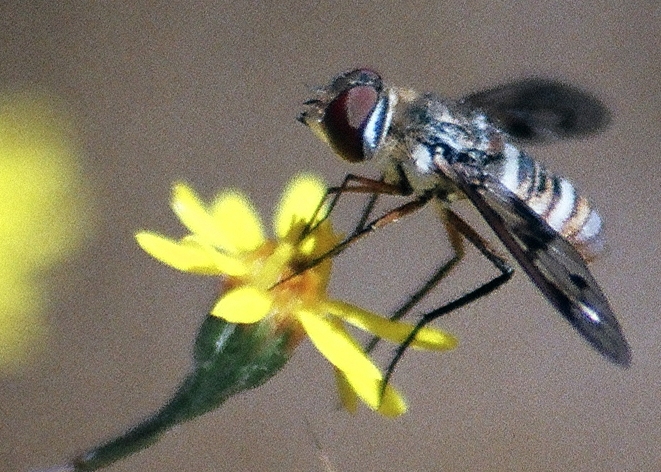A test of density-dependent pollination within three populations of endangered Pentachaeta lyonii
DOI:
https://doi.org/10.26786/1920-7603(2014)3Abstract
A major concern with endangered plants is that they might attract insufficient numbers of pollinators, produce low numbers of seeds, and decline towards extinction. We examined effects of density as it varied within populations on the pollination of Pentachaeta lyonii, an endangered species that requires pollinators for seed set. Generalist bee-flies and bees were abundant pollinators at three sites for two years. Per-capita visitation rates did not decline at sparse points or for plants placed on the order of 10 m away from other flowering individuals. Seed production was not pollinator-limited within patches, but seed set was low beyond 10 m from neighbours. Considering prior findings, factors such as habitat loss, competition with alien plants, and poor establishment of new populations likely contribute to the rarity of P. lyonii more than pollination failure.
Downloads
Published
How to Cite
Issue
Section
License
Copyright (c) 2014 Jocelyn R. Holt, Paul Wilson, Christy A. Brigham

This work is licensed under a Creative Commons Attribution 4.0 International License.
JPE is an open access journal which means that all content is freely available without charge to the user or his/her institution.
Authors who publish with this journal agree to the following terms:
1) Authors retain copyright and grant the journal right of first publication with the work simultaneously licensed under a Creative Commons Attribution License that allows others to share the work with an acknowledgement of the work's authorship and initial publication in this journal.
2) Authors are able to enter into separate, additional contractual arrangements for the non-exclusive distribution of the journal's published version of the work (e.g., post it to an institutional repository or publish it in a book), with an acknowledgement of its initial publication in this journal.
3) Authors are permitted and encouraged to post their work online (e.g., in institutional repositories or on their website) prior to and during the submission process, as it can lead to productive exchanges, as well as earlier and greater citation of published work (See The Effect of Open Access).
To assure a broader targeted audience, content will be included into databases (such as EBSCO) and directories (such as DOAJ).











